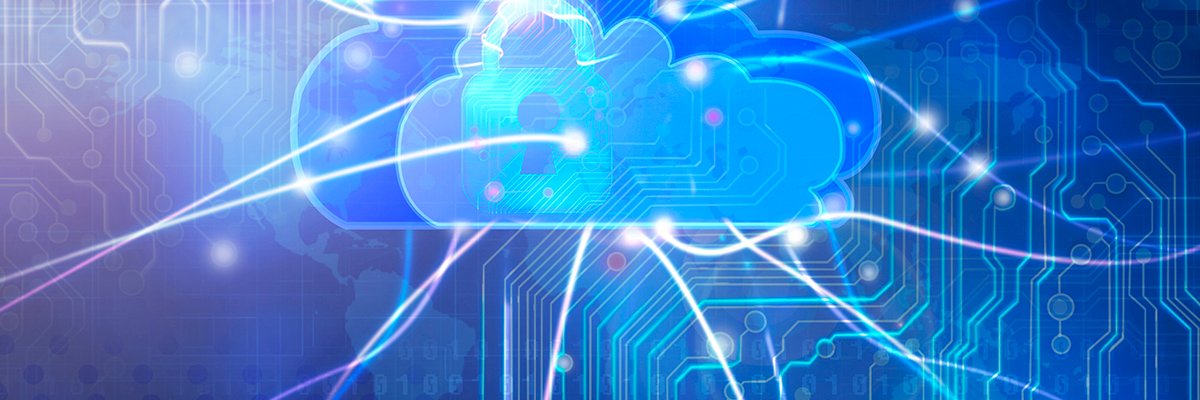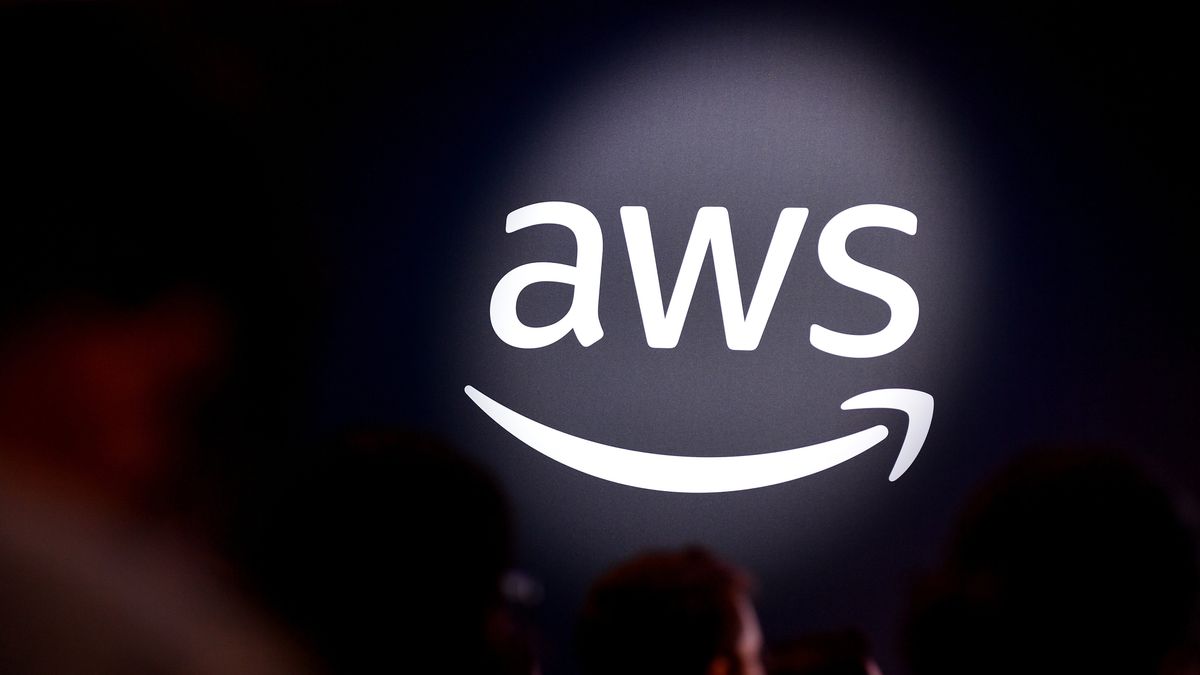Exploring the Transition from Smart Cities to Industry 4.0: The Role of 5G and Cloud Computing in IoT Deployment
The advent of the Internet of Things (IoT) has brought about a significant transformation in various sectors, from smart cities to Industry 4.0. This transition is largely driven by the integration of 5G and cloud computing technologies, which are playing a pivotal role in IoT deployment.
Smart cities, characterized by the use of IoT devices to improve the quality of life and enhance operational efficiency, have been the initial phase of this digital revolution. IoT devices in smart cities collect and analyze data to manage resources efficiently, reduce costs, and increase sustainability. For instance, smart traffic lights adjust to real-time traffic conditions, reducing congestion and improving road safety. Similarly, smart grids use IoT devices to optimize energy consumption, reducing waste and lowering energy costs.
However, the transition from smart cities to Industry 4.0 marks a significant shift in the application of IoT. Industry 4.0, also known as the fourth industrial revolution, involves the digital transformation of manufacturing and industrial practices. This transition is characterized by the integration of cyber-physical systems, automation, and data exchange in manufacturing technologies.
The role of 5G and cloud computing in this transition cannot be overstated. 5G, with its high-speed, low-latency, and massive device connectivity, is a game-changer for IoT deployment. It enables real-time data transmission and processing, which is critical for applications such as autonomous vehicles and remote surgeries. Moreover, 5G enhances the reliability and security of IoT devices, making them more suitable for industrial applications.
On the other hand, cloud computing provides the necessary infrastructure for storing and analyzing the vast amounts of data generated by IoT devices. It offers scalability, flexibility, and cost-effectiveness, making it an ideal solution for managing IoT data. Furthermore, cloud computing enables advanced analytics and machine learning capabilities, which are essential for deriving actionable insights from IoT data.
The integration of 5G and cloud computing is thus accelerating the deployment of IoT in Industry 4.0. For instance, in smart factories, IoT devices connected via 5G networks collect real-time data about machine performance, product quality, and energy consumption. This data is then stored and analyzed in the cloud, enabling predictive maintenance, process optimization, and energy efficiency.
However, the transition from smart cities to Industry 4.0 also presents several challenges. These include issues related to data privacy and security, interoperability of IoT devices, and the need for skilled workforce to manage and interpret IoT data. Therefore, it is crucial for businesses and governments to address these challenges to fully leverage the potential of IoT in Industry 4.0.
In conclusion, the transition from smart cities to Industry 4.0 is a testament to the transformative potential of IoT. The integration of 5G and cloud computing is playing a crucial role in this transition, enabling real-time data processing, advanced analytics, and secure and reliable connectivity. As we move forward, it is expected that these technologies will continue to drive the deployment of IoT, paving the way for more efficient, sustainable, and intelligent systems.











